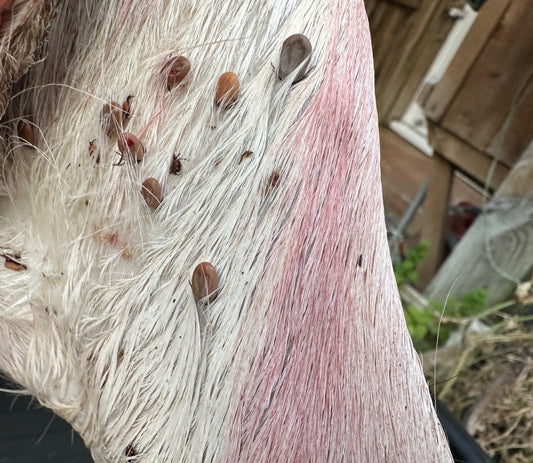The understory of British woodlands, comprising a diverse array of shrubs, young trees, and herbaceous plants, forms the backbone of forest ecosystems. This layer is critical for biodiversity, soil stability, and the overall ecological health of woodlands. However, the increasing prevalence of deer overbrowsing poses a significant threat to this delicate balance. At Wildscape Deer Management, we are dedicated to addressing this pressing issue with comprehensive and sustainable strategies.
Deer's Impact on Understory Ecology: Deer, particularly in high densities, can drastically alter the structure and composition of woodland understories. Their browsing habits lead to the loss of native flora, adversely affecting the regeneration of tree species and reducing habitat quality for other wildlife. This overbrowsing can also accelerate soil erosion and facilitate the invasion of non-native plant species, further destabilizing the ecosystem.
Understanding Deer Behavior and Understory Interactions: Effective deer management requires an in-depth understanding of how deer interact with their environment. Factors such as the availability of food sources, habitat preferences, and seasonal variations influence deer movements and feeding patterns. At Wildscape Deer Management, we employ a data-driven approach to map these interactions, helping to predict and manage deer impact more effectively.
Holistic Deer Management Strategies: Our management strategies are multifaceted and tailored to the specific needs of each woodland area. We employ a combination of selective culling, habitat manipulation, and physical barriers. Selective culling is conducted ethically and sustainably, focusing on maintaining balanced deer populations. Habitat manipulation involves altering the woodland environment to make it less conducive to deer overbrowsing, such as planting deer-resistant vegetation. Physical barriers, like fencing, are strategically placed to protect the most vulnerable areas of the understory.
Adaptive Monitoring and Management: Deer management is an ongoing process that requires continuous monitoring and adaptability. We conduct regular follow-up assessments to ensure the effectiveness of our strategies and make adjustments as necessary. This includes monitoring plant regeneration, assessing deer population dynamics, and evaluating the overall health of the woodland ecosystem.
Conclusion: The challenge of managing deer to protect woodland understories is complex and requires a thoughtful, knowledgeable approach. At Wildscape Deer Management, we combine scientific expertise with practical field experience to offer bespoke solutions that aim to restore and maintain the ecological balance of woodlands.




